5 Must Visit UNESCO Heritage Sites In India
By: Kratika Wed, 20 July 2022 09:58:24
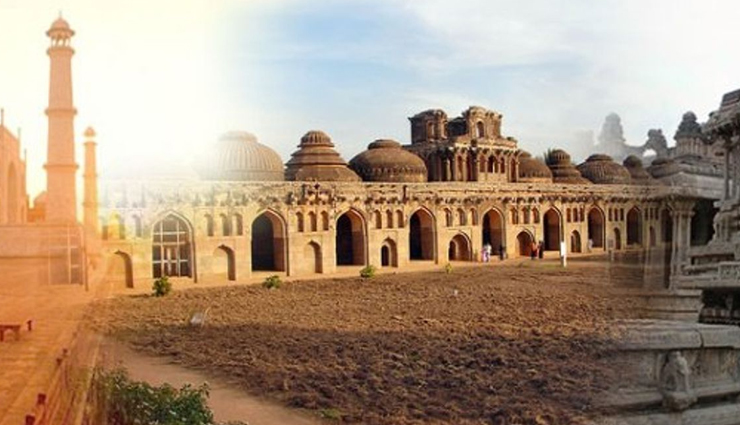
UNESCO is an international organization that promotes the protection of the world’s cultural and natural heritage. It designates natural wonders and architectural marvels across the globe as World heritage sites to promote their conservation. Each of these sites is selected carefully after ensuring it is of immense universal importance.
India is home to 40 UNESCO World Heritage Sites and boasts of having the 6th largest number of them across the globe. These include 32 cultural entities, 7 natural wonders as well as 1 mixed category site which was recently inscribed on UNESCO’s list (as of Dec-2021). These sites have significance across different fields like culture, heritage, architecture, and natural beauty.
Owing to its rich heritage and natural abundance, India is proud to have so many incredible places that are worthy enough to represent the nation globally. These heritage sites are worth exploring during your visit to India as they give you a glimpse of a shining past. Here, we have listed the must-visit UNESCO World Heritage Sites in India.
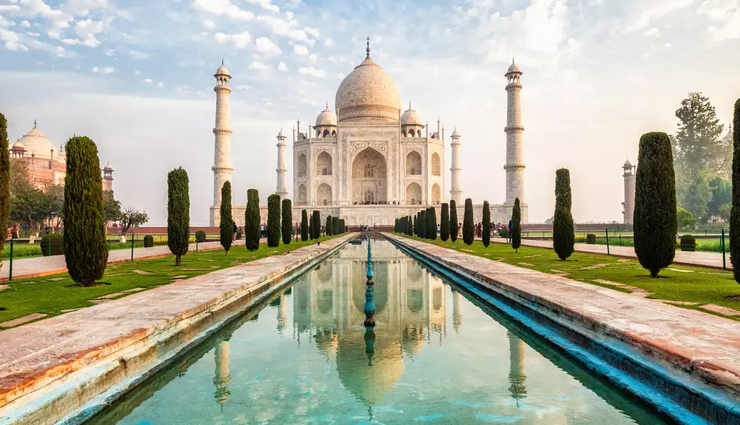
# Taj Mahal, Agra
Taj Mahal is a mausoleum located in Agra. It is one of the Seven Wonders of the World and was built by emperor Shah Jahan in the memory of his beloved wife, Mumtaz Mahal in 1653. Located on the banks of River Yamuna, this architectural marvel of the Mughal era sits right next to the mighty Agra Fort.
The monument comprises five main structures – the Darwaza (main gateway), the Bageecha (garden), the Masjid (mosque), the Naqqar Khana (rest house), and the Rauza (mausoleum/tomb). The striking architectural style was devised by blending Persian, Central Asian, and Islamic architecture.
Costing an estimated 58 billion Indian Rupees today it is also referred to as the “Jewel of Muslim Art In India”. It is built in ivory-white marble that glitters under the full moonlight. Tourists from all over the world visit every year to witness the grandeur of this spectacular structure.

# Khajuraho, Madhya Pradesh
Khajuraho is a famous UNESCO World Heritage site in India renowned for a group of temples depicting erotic sculptures. Spread across an area of 20 square kilometers, the temples were built with Nagara-style symbolism.
It comprised architectural features like curved rows or circles on top of pillars as well as beautiful carvings to tell stories through artistry. The sensuous stone carvings of human and animal forms are very aesthetically portrayed and stand testimony to the rich cultural heritage of India.
Beyond the sexual representation, a majority of sculptures depict the everyday life of the common man in those times. Most of these monuments were built between 950 to 1050 CE under the reign of the Chandela dynasty. It comprised a total of 85 temples out of which only 22 could stand the test of time. The Kandariya temple is the most prominent among the group.
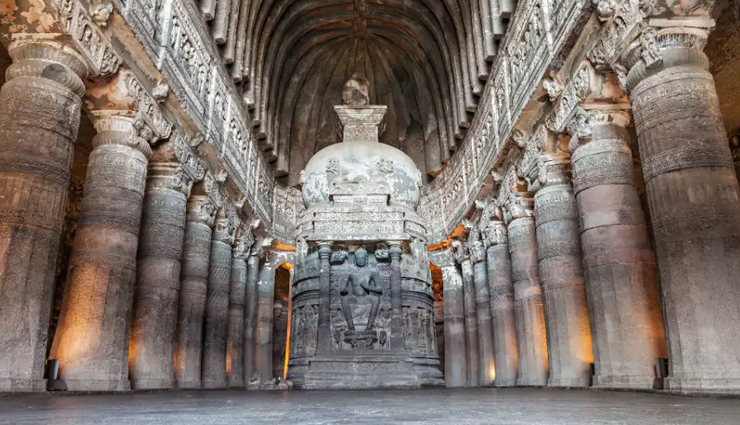
# Ajanta Caves, Maharashtra
One of the first World Heritage sites in India, Ajanta Caves dates back to the 2nd century BCE and consists of 31 rock-cut Buddhist cave monuments. Considered beautiful masterpieces by many civilizations, these caves are a representation of life in India during two different periods. The first phase is from the Satavahana Dynasty, which occurred between 230 BCE and 220 CE, while the second displays Vakataka artistry beginning with Emperor Harishena.
The Ajanta art and architecture have had a revolutionary impact on the way Indian arts have progressed throughout history. It is a prime reason for it being prescribed as a heritage site. Carvings in Ajanta mainly comprise Buddhist figures and traditions of Theravada and Mahayana.
The caves display both Hinayana and Mahayana types of art, architecture, paintings, and scriptures. It can also be said that these are some of India’s first classical sculptures. They mark an era in which artists started using more abstract forms to communicate ideas across cultures.
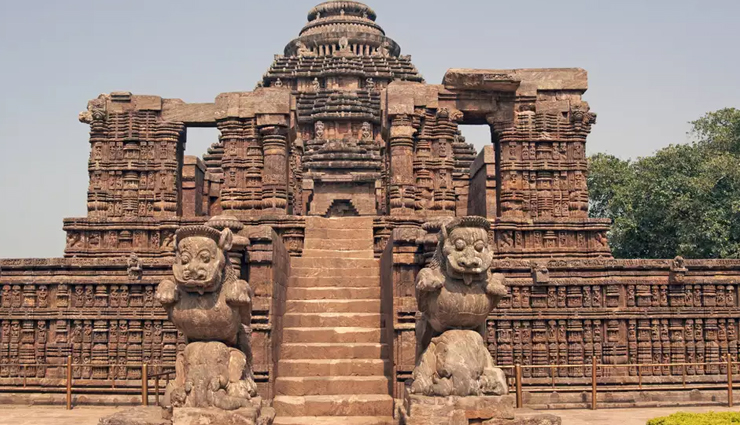
# Sun Temple, Konark, Odisha
The Sun Temple at Konark in Odisha is a 13th-century temple dedicated to the Hindu Sun God, Surya and one of the famous temples in India. It was built by King Narasimhadeva I of the Eastern Ganga Dynasty around AD 1250.
The unique Kalinga architecture of the temple comprises a gigantic chariot, led by six horses. Several legends mention that the architecture of the Konark Sun Temple is so accurate and intricate, that the first ray of the sun each day falls on the idol in the sanctum sanctorum of the temple.
Beyond the architectural brilliance of the temple, it is also considered one of the largest brahmin sanctuaries in India. The temple was originally built at the mouth of the river Chandrabhaga but the erosion of the site’s original waterline leaves what remains of the temple to see today.
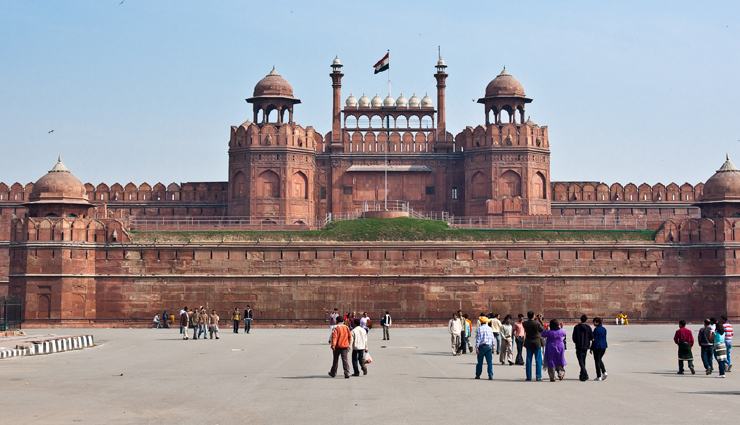
# Red Fort Complex, Delhi
The Red Fort is located in Delhi as a symbol of India’s rich history. It was built by Emperor Shah Jahan during his time as the Mughal ruler. It marks the transfer of his capital from Agra to Delhi in 1639 AD and it became known colloquially at that point as “Shahjahanabad.” The fort served many purposes over its lifetime including being used for politics amongst other things. The Red Fort is one of the most famous UNESCO World Heritage Sites in India.
The monument depicts a complex blend of Indo-Islamic, Timurid, and Hindu architecture laid out in red sandstone. The planning of the palace is derived from Islamic prototypes and each pavilion reveals architectural elements in Mughal style.





